Mainshan Mountains, China
Mainshan Mountains, located in central Shanxi Province, central North China. Covering an area of 75 square kilometers, the mountain is a national scenic spot with 14 tourist areas and 400 attractions. Mianshan "Silky Mountain" is noted for its natural scenery, especially for its cultural and religious relics. It is also the birthplace of Qingming Festival "Grave Cleaning Day", which is one of China’s most important traditional festivals and items of intangible cultural heritage.
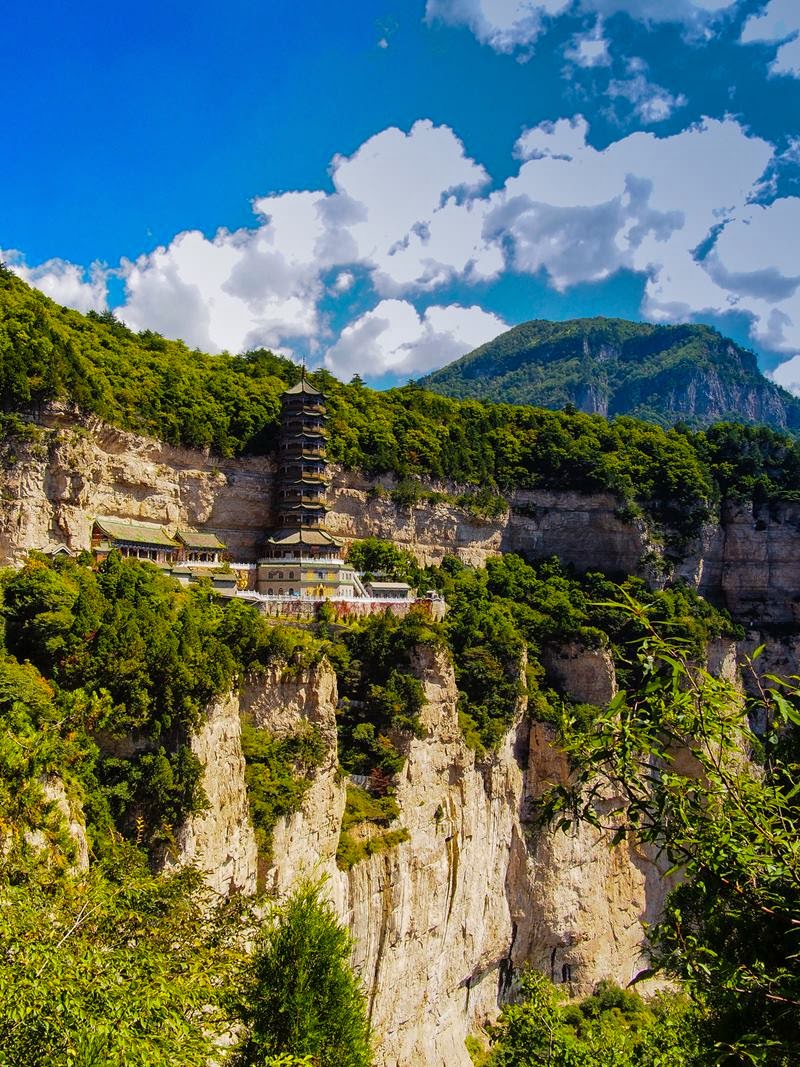
According to web Chinahighlights, A history dating back some 2,500 years ago, Mian Shan boasts enchanting natural scenery and cultural significance. Besides, there are several restaurants and hotels that were built hanging on the steep cliffs, which provide a unique dining or accommodation experience for travelers. The spectacular scenes and cultural relics at Mian Mountain provide tourists with many activities, such as watching sunset or sunrise at Dragon Head Temple, visiting Daluo Palace (the largest Taoist temple in China), walking on Sky Bridge and enjoying the natural beauty of Shuitao Valley. Dragon Head Temple is the best place to watch sunrise or sunset in a sea of clouds. It is also a landmark of Mian Shan with its exquisite architecture. Daluo Palace is the largest Taoist temple in China. It was built and restored during the Tang Dynasty of 618–907, and the supreme spirit of Taoism and other folk gods are worshipped there. Daluo Palace also has the largest Taoist sutra depository over the country. Sky Bridge was built between steep cliffs, 300 meters or 328 yards long and no more than one meter or 3.3 feet wide. It is suspended over 300 meters or 980 feet from the bottom of a valley and over 200 meters or 660 feet from the mountain tops. [First Image credit dana.jensen]
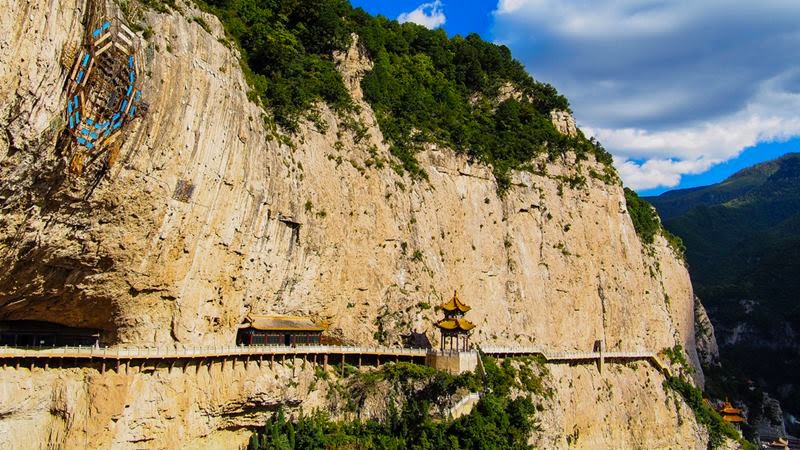
Image credit dana.jensen
Mian Shan is also called Jie Shan "Jie Mountain" after Jie Zhitui (?–636 BC) a loyal defender of the Duke of Jin "697–628 BC". Jie Zhitui is reputed to have made soup with the flesh of his own leg for the duke when he was starving. After Jie had resigned his service to the duke, he lived on Mian Shan. The duke later wanted to reward him, but could not find him, so he had the mountain burnt in an effort to drive Jie out. Jie and his mother were later found tragically burnt to death on the mountain. The Duke of Jin then instituted Hanshi (Cold Food) Day in 636 BC in remembrance of Jie, which later became the Qingming Festival. Jiexiu, the city to the north of Mian Shan and the prefecture in which Mian Shan lies, means “The Resting Place of Jie”.
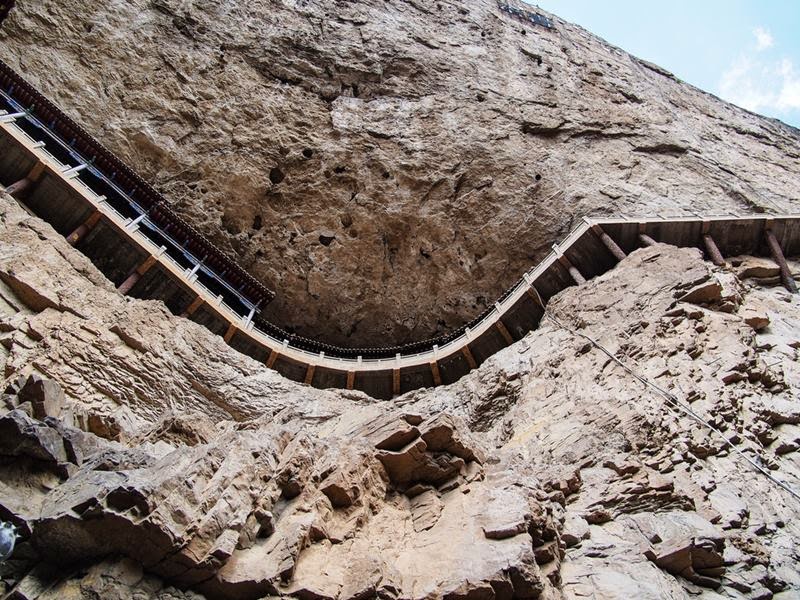
Image credit dana.jensen

Image credit dana.jensen
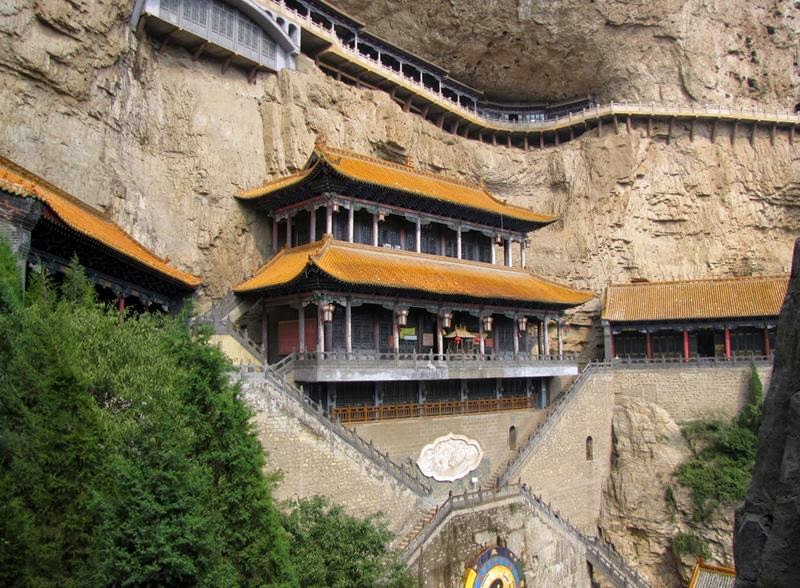
Mianshan - Sky Bridge — This is a breathtaking place! The temple structures and the sky walk built on the mountain with the scenery around are just amazing! Image credit benyeuda
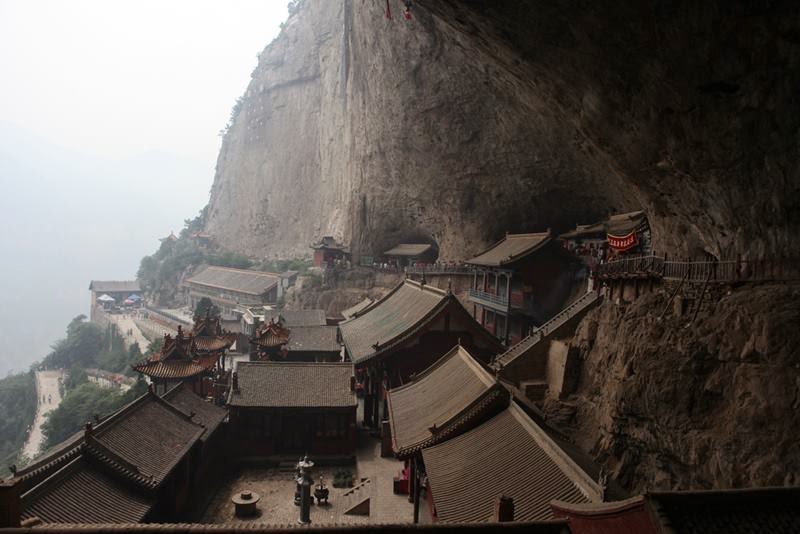
Mian Shan is a sacred mountain for Buddhist and Taoist religions alike where temples have been built on the face of the cliffs. Image credit Julie Laurent
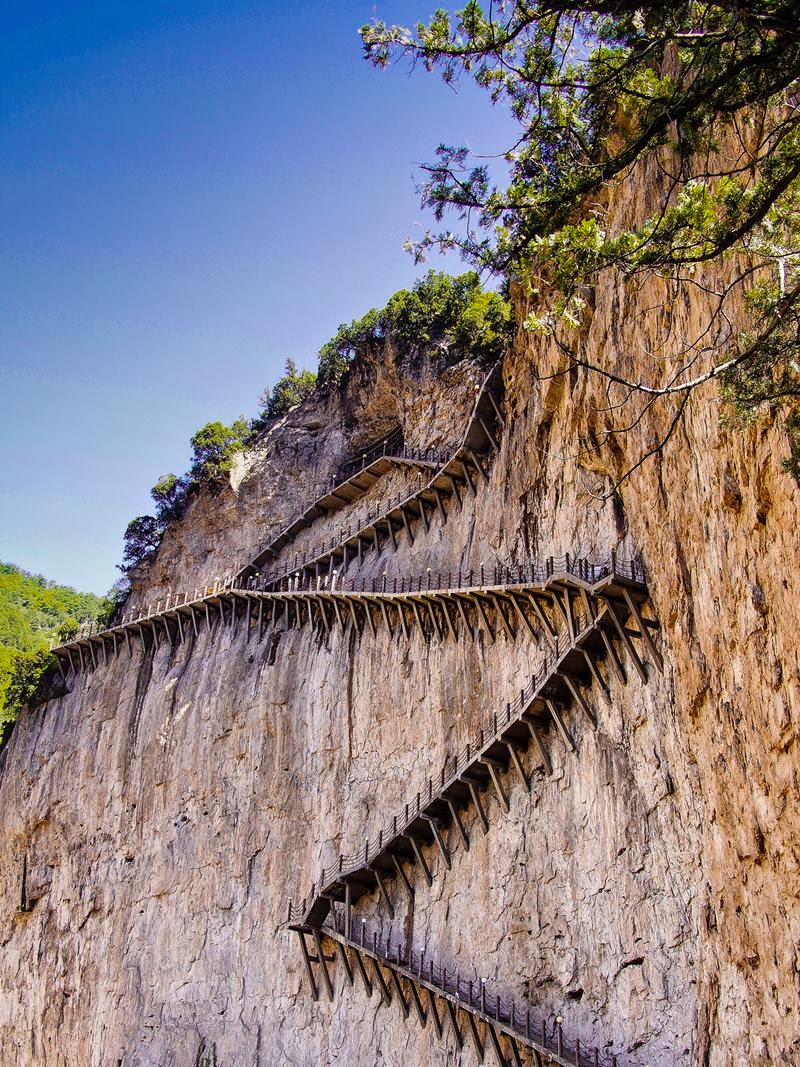
Image credit dana.jensen
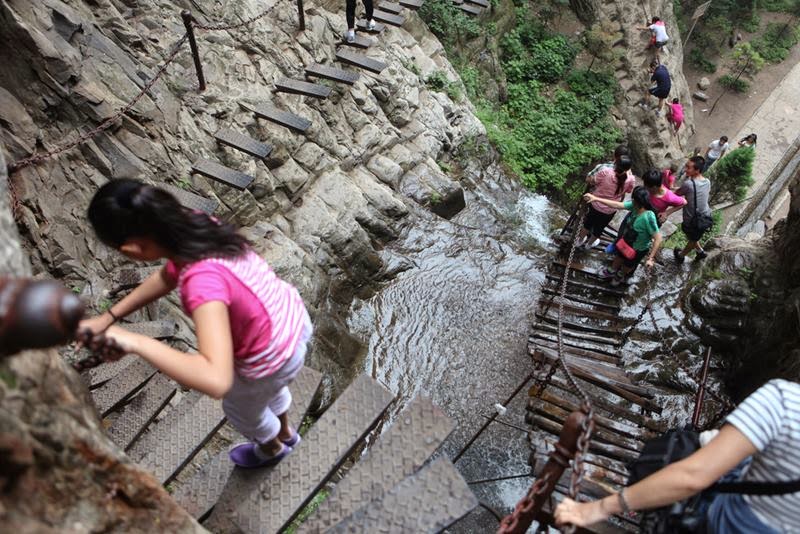
Image credit Julie Laurent

Image credit Susanna Wang
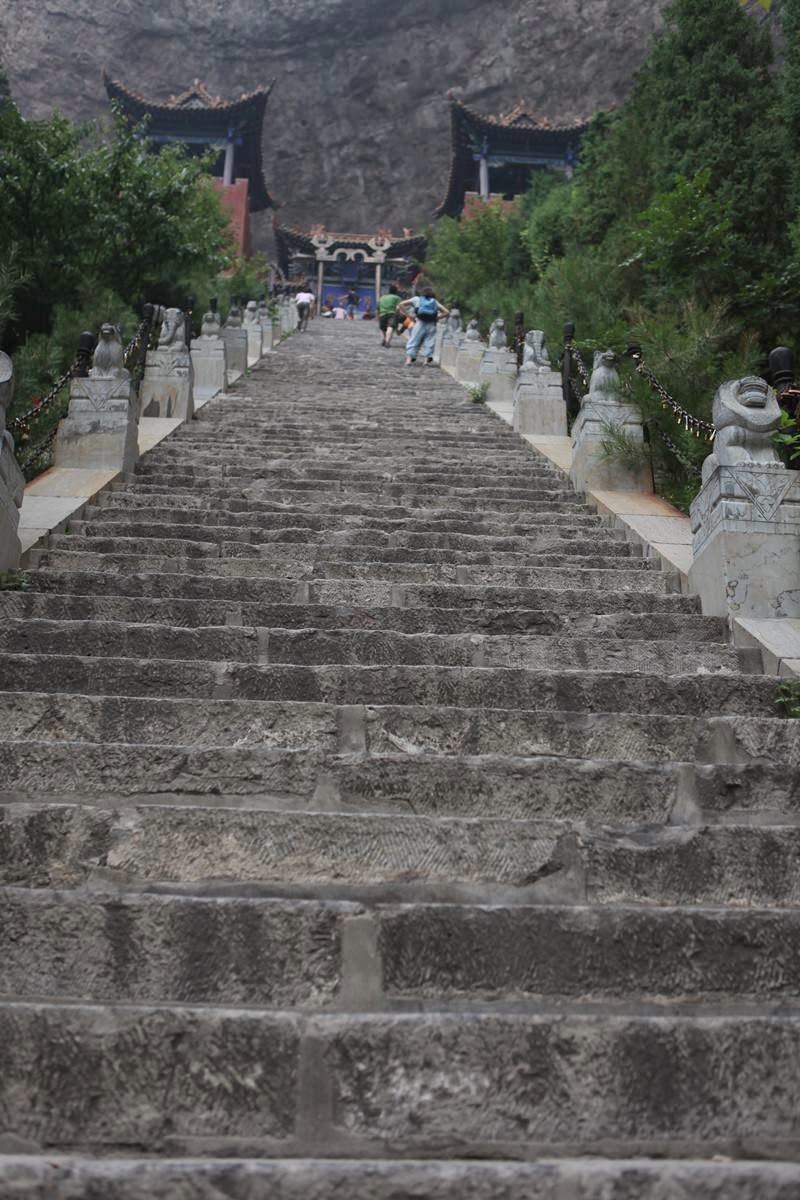
Image credit Julie Laurent
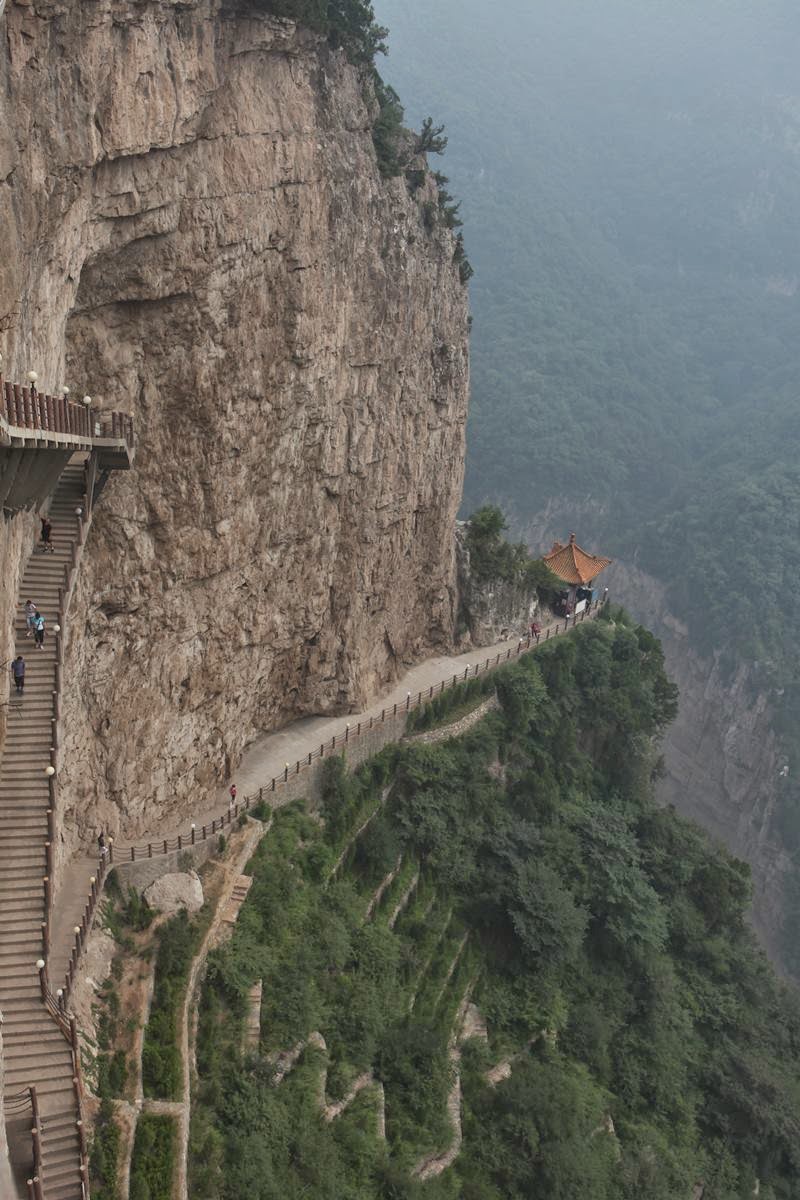
Image credit Julie Laurent
Source —Internet

No comments:
Post a Comment